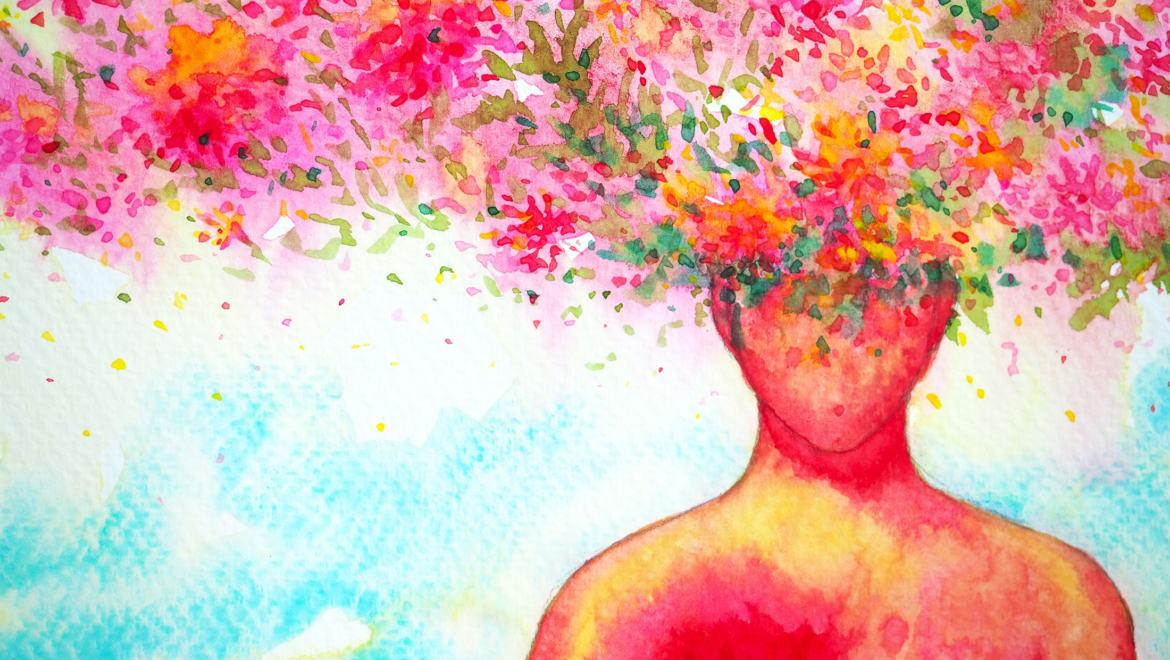Human beings are creative creatures. Almost from the first day that we start moving around, we continually interact with our environment in as many ways as we possibly can. We will remember how even very young children will express interest in different forms of drawings, pictures, sculpture, etcetera. As soon as we are able, we begin creating things with dirt, leaves, twigs and branches, and anything else that lets us try to leave a permanent record of ourselves on the planet (much to our parents’ chagrin).
As we get older many of us have the opportunity to enjoy formal exposure to the arts, although unfortunately this is becoming less common as school budgets are cut and “art” is not considered a serious priority. Nevertheless, we are still highly visual creatures with an urge to creatively interact with our environment.
Therefore, it is not too surprising that by engaging people in artistic or creative endeavors, their memory can improve or at least stay stable in the case of degenerative diseases. The best types of artistic and creative endeavors are those that emphasize production rather than observation. Thus, a copy of a famous painting is likely a much better activity then simply looking and a lot of different kinds of pictures (although that is not without merit).
Perhaps my first example of the power of these activities came many years ago when I met my first patient with a Fronto-Temporal Dementia. Over time, he became functionally mute although he and his wife could still communicate nonverbally and (somewhat) verbally. This gentleman’s wife came up with the idea of having him work with jigsaw puzzles. It turns out he was quite good and could solve puzzles including as many as 1000 different pieces. He actually came up with a rubric for solving the puzzles that most of us would never think about. He started working after dinner, and then the next morning after he had completed his daily “chores”, he would begin to work on solving the puzzle and would be complete by dinner time. As his disease progressed, he moved to puzzles with fewer and fewer pieces, but this activity kept him engaged and interested throughout the course of his illness.
There have been several reviews of the scientific literature pertaining to the use of art and creative activities in the preservation of memory in aging and dementia. Prof. Zhi Hui Fong and colleagues summarized their review or 13 different arts-based interventions across 11 randomized controlled trials. They found that arts-based interventions can potentially improve various aspects of cognitive functioning in older persons with MCI. Dr. Rathi Mahendran and colleagues reported that art therapy could result in improved performance on neuropsychological tests and mild improvement in depression and anxiety for as long as nine months.
At brite Wellness, art and creative expression are one of the three core activities. The classes may include an Artist Showcase – brief art history about an artist or type of art, including projects aligned to topic. There is also Process Art – use of varied art materials, including but not limited to watercolors, tempera, pastels, paper, found objects, magazines, etc., to create a theme based on project or idea; and, Crafts – use of paper, fibers, found objects, etc. All of these activities lead in one way or another to a creation. However, our instructors and our participants are aware that the critical issue is not the final product but rather the process. Attempting to create something new is just as important, or indeed more important than creating a masterpiece.



